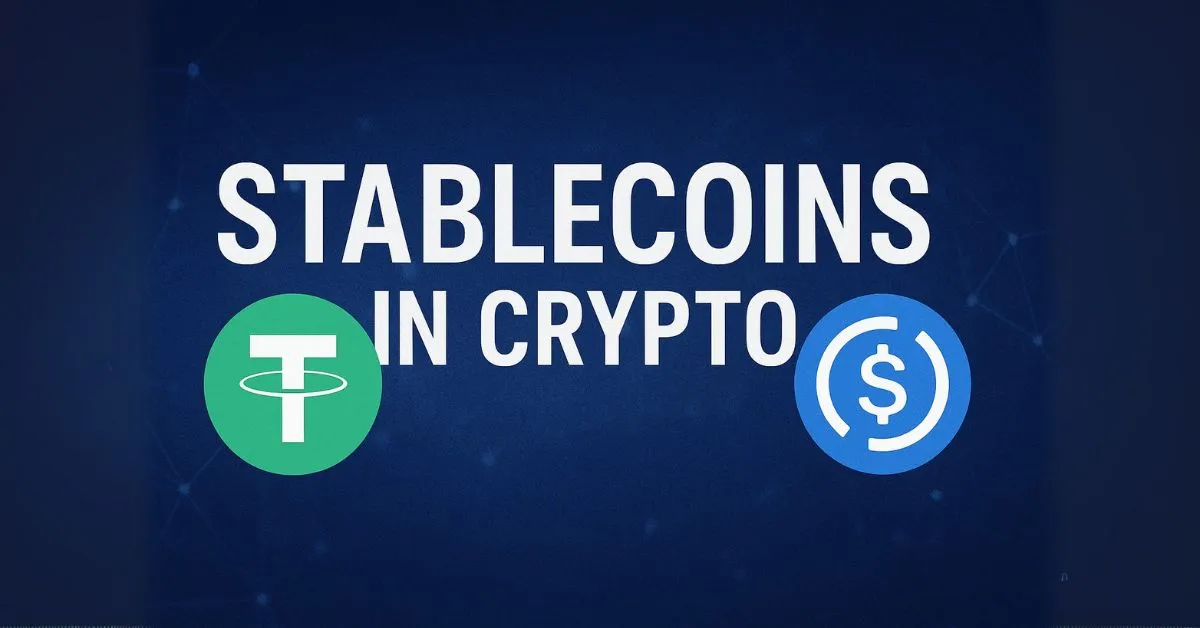
Stablecoins In Crypto: Tether, Circle Face Rivals
Introduction: Stablecoins under the crypto spotlight
The crypto industry is increasingly focused on stablecoins as giants Tether (USDT) and Circle (USDC) face criticism. According to Wormhole’s co-founder, these issuers are “printing money” by collecting yields from U.S. Treasuries backing their stablecoins, yet giving nothing back to users.
Massive profits from U.S. Treasury yields
At DAC 2025, Wormhole co-founder Dan Reecer highlighted that Tether reported $4.9 billion in net profit in just the second quarter. This profit was largely derived from high-yield U.S. Treasuries. The success pushed Tether’s valuation to about $500 billion after a recent funding round. Reecer stressed that stablecoin holders receive none of this yield, raising concerns of unfairness.
New platforms: Yield for the users
While Tether and Circle are under scrutiny, emerging projects like M^0 and Agora are promising to change the dynamic. Instead of issuers pocketing the yield, their infrastructures are designed so that profits flow into applications or directly to users’ wallets. This approach could revolutionize the stablecoin model, making them more appealing and utility-driven.
Circle’s expansion strategy
Circle has acquired Hashnote, the issuer of tokenized money market fund USYC, aiming to bring yield-bearing assets into blockchain interoperability. Yet these tokenized money funds remain a tiny fraction of the global stablecoin market, underscoring the long road before yield distribution becomes mainstream.
Tether’s response: USDT is not an investment
In response, a Tether spokesperson emphasized that USDT is a “digital dollar, not an investment product.” Sharing yield, they argued, would alter the token’s nature, change its risk profile, and trigger stricter regulation. Tether also noted that millions in emerging markets rely on USDT as a safeguard against inflation and currency volatility.
The evolving future of stablecoins
The stablecoin market is shifting beyond storage of value to real-world applications like cross-border payments, FX services, and collateral in DeFi. If yield-sharing models scale, they could mark a new era where stablecoins are not just payment tools but also income-generating assets in the broader crypto economy.
Disclaimer: This article is intended solely to provide information and market insights at the time of publication. We make no promises or guarantees regarding performance, returns, or the absolute accuracy of the data. All investment decisions are the sole responsibility of the reader.